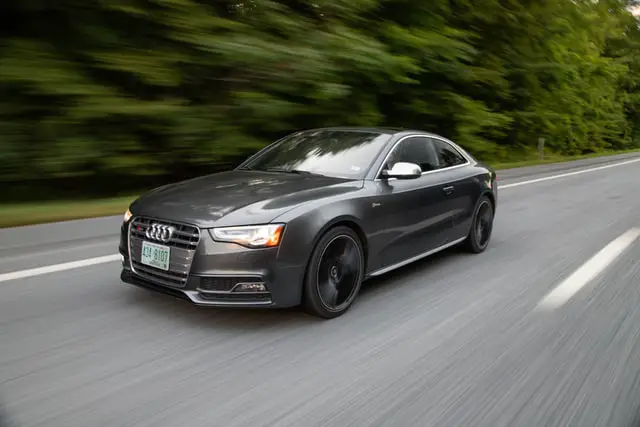No one likes flat tires — they seem to come at the worst possible time and put an emergency stop to whatever it is that you were planning to do with your day. What if the next time you got a flat tire, you were able to simply ignore it and keep driving? You do whatever you need to do, drive back home, and get the tire replaced or fixed on your own terms. Well, that thought is now a reality. Say hello to the Bridgestone Driveguard!
Bridgestone Drivegard — Overview
The Bridgestone Driveguard is a run-flat tire, and it’s certainly not the first of its kind. However, the Japanese tiremaker is seen as a pioneer of the run-flat tire technology. They put out their first official implementation of this idea back in 1987 as an OEM fixture to the Porsche 959 — a car meant to perform well in rally courses as well as on-road. This hybrid nature of the car needed tires to be able to run without air pressure, and Bridgestone delivered.
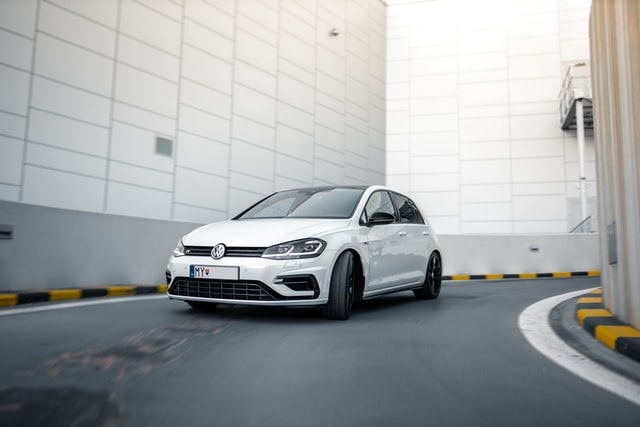
Now, Bridgestone seems to have perfected the technology in some of their latest and greatest run-flat offerings. For instance, they seem to have ironed out most caveats that come with this technology with the release of the Bridgestone Drivegard. It comes in many different sizes and fits onto all sedan sizes, coupes, and even compact crossovers.
But run-flat tires aren’t all sunshine and roses; they have their pros and cons. They rely on much stiffer sidewalls to be able to support the weight of the car even with no air pressure. This means that the ride quality is often relatively uncomfortable as compared to the soft sidewalls of touring tires.
So, Bridgestone has had to deal with that challenge with the Driveguard, especially since the tire is marketed as a grand-touring model. Most other run-flat tires we’ve reviewed have offered underwhelming comfort levels, mainly because of the nature of their composition. It’ll be interesting to see how the Bridgestone Driveguard handles that issue in the ride quality section of this review.
We’ll also look at how this tire performs in many different driving conditions including dry pavement, wet roads, snowy surfaces, and off-road terrain. Is it comfortable and quiet? Does it last long? Let’s dig in!
Dry Road Performance
Being a grand-touring tire, the Bridgestone Driveguard primarily aims for comfort and high ride quality. Since the tire is available in a large spectrum of sizes including luxury and sporty sedans, it needs to offer good enough performance to keep up with their turbocharged engines.
While the tire offers impressive traction and cornering grip on dry tarmac, it can’t be tagged as “sporty” by any means. It doesn’t feel bland but it’s not ultra-responsive either, and you’ll feel the need to slow down a bit in sharp corners.
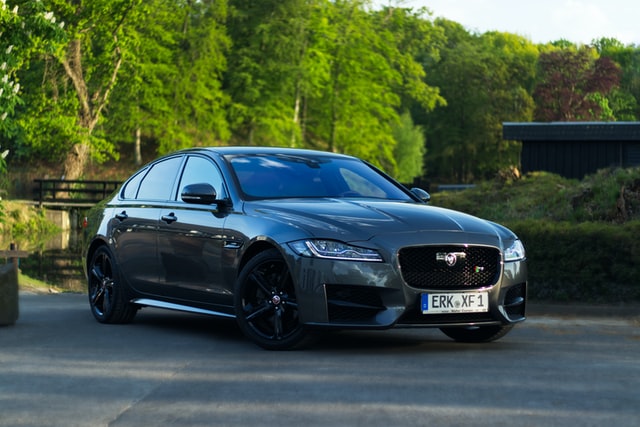
With all of that said, the tire isn’t designed for drivers looking for a thrilling ride enriched with a sharp steering response. It’s a practicality-oriented run-flat tire that mainly targets high comfort levels.
By those standards, the Bridgestone DriveGuard handles everyday driving needs well! Braking and traction are great at city speeds and none of the metrics are far behind comparable touring tires. Overall, the tire is reliable enough to handle any on-road situation well in dry conditions. If you’re a responsible driver with no interest in flirting with the speed limit all the time, the tire’s performance is more than enough for someone like you!
Wet Performance
Great news — the Bridgestone Driveguard is one of the best run-flat tires you can have under your car on a rainy day! It deals with wet tarmac issues gracefully with exceptional hydroplaning resistance. Everything from directional stability, cornering grip, accelerating traction, and braking performance is outstanding for its class and price segment. Just goes to show how advanced tread compound tech has become!
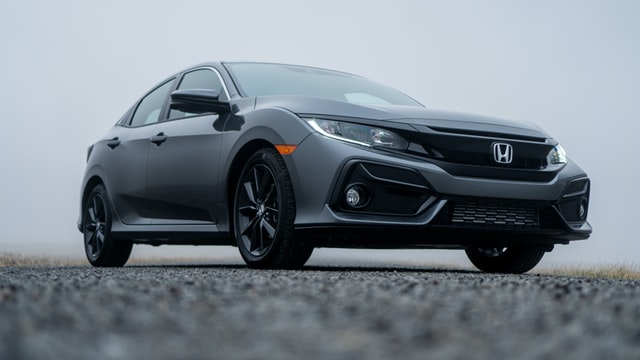
Snow Performance
It’s common for most all-season tires to make bold claims about their snow capabilities and still offer underwhelming performance at the slightest hint of challenge. The DriveGuard is a little better than the average “all-season” touring tire.
Not only is it capable of handling light snow, but also provides decent traction as winters get worse. This is because of a larger number of biting edges, though it’s still not enough to make this tire a viable choice for extremely cold weather conditions such as ice or really heavy snow.
You’ll have ample braking and snow traction on light snow, but we’d recommend sticking with winter tires for deep snow. It’s not worth getting stuck in the middle of nowhere in icy cold winters just to test the limits of your all-season touring tires!
Ride Quality
This is where it gets interesting! What keeps most drivers away from the convenience and safety of run-flat tires is the stereotype about their bad ride quality. Since run-flat tires have stiffer sidewalls, most companies fail to achieve desirable levels of comfort. That’s what Bridgestone has tried to work around with the DriveGuard, and it seems to be their best attempt yet!
This tire almost drives like a regular touring tire, and that’s a huge compliment for any run-flat-tire. Yes, there are still noticeable vibrations that can sometimes make it all the way to the car’s cabin, but they are few and far between — especially at city speeds. You can’t get much smoother ride quality if you’re in the market for run-flat tires.
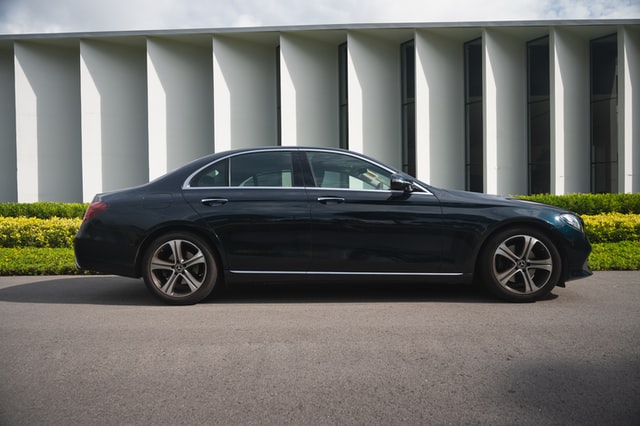
Road noise is also a non-issue at city speeds, but it’s just a little behind the company’s own Turanza QuietTrack or the Michelin Premier A/S. Even at highway speeds, the tread growl is barely noticeable, especially if you have a good car with decent cabin noise reduction.
Generally speaking, you won’t have any complaints about the Driveguard’s comfort and quietness.
Conclusion — Should You Buy the Bridgestone Driveguard?
If you want your next tire to be a run-flat tire with little to no compromises on comfort, the answer is YES — you should get the Driveguard. However, if optimal levels of comfort and quietness are all you care about and don’t want anything to do with run-flat technology, there are quite a few similarly priced grand-touring options that’ll be more comfortable.
